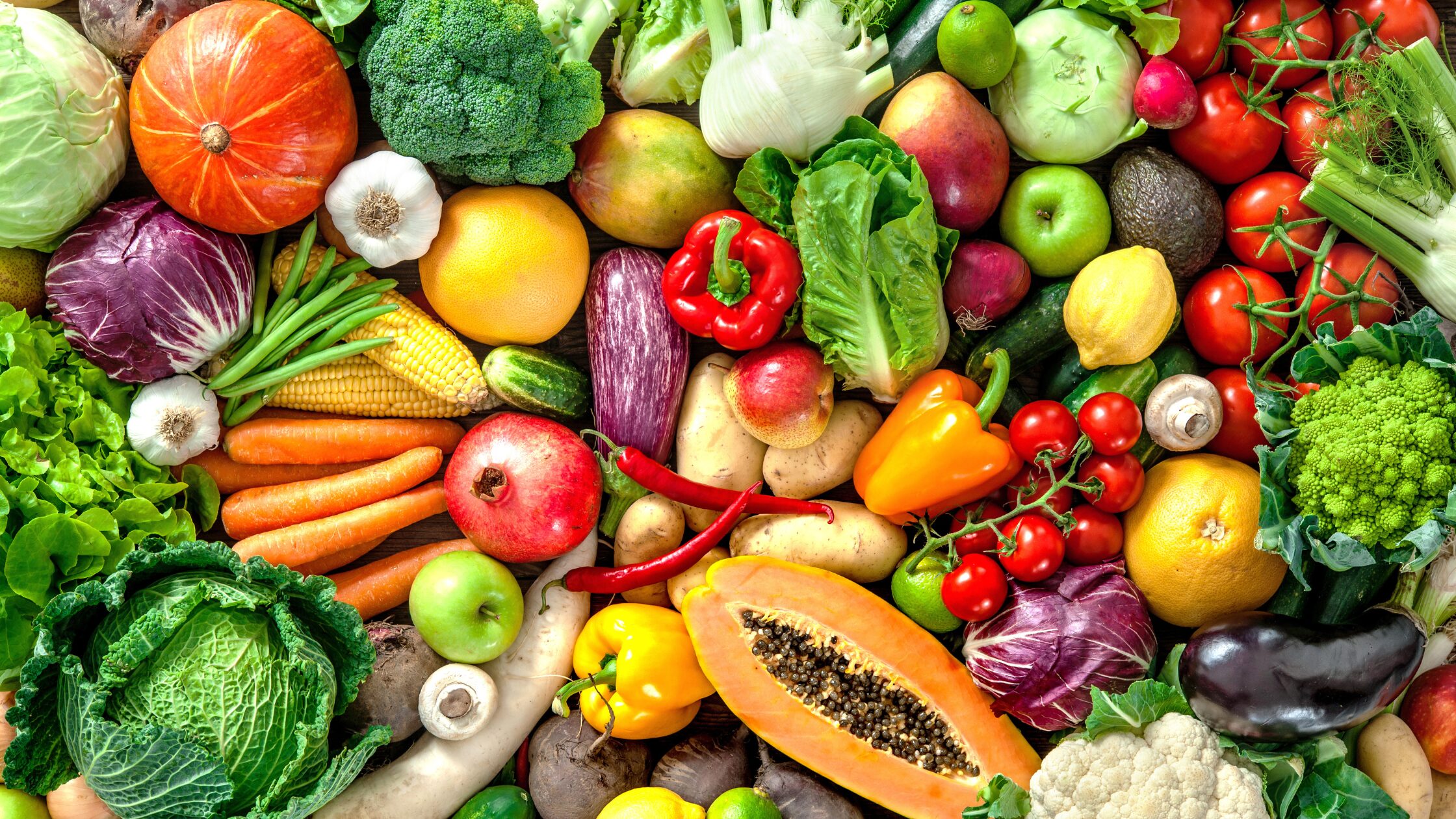Harnessing the Power of Fruits & Vegetables: A Nutritional Cornerstone

Let’s recognize the exceptional nutritional value of fruits and vegetables and highlight their important role in promoting health and well-being.
Disease Prevention:
One of the most compelling reasons to eat more fruits and vegetables is their role in disease prevention. These natural foods are rich in essential vitamins, minerals, antioxidants, and fiber, which contribute to lowering the risk of chronic diseases such as heart disease, diabetes, and certain cancers.
- Heart Health: Fruits and vegetables, particularly those high in potassium, like bananas and leafy greens, help regulate blood pressure and reduce the risk of heart disease.
- Cancer Prevention: The abundant antioxidants in fruits and vegetables, such as vitamin C, beta-carotene, and lycopene, combat oxidative stress and protect cells from damage, potentially reducing the risk of cancer development.
- Digestive Health: Fiber-rich fruits and vegetables promote healthy digestion and prevent constipation, diverticulosis, and even colorectal cancer.
- Weight Management: Incorporating more fruits and vegetables into your diet can help you manage weight by providing essential nutrients with fewer calories than processed and high-fat foods.
Ways to Increase Consumption:
While the benefits of fruits and vegetables are undeniable, many struggle to incorporate them into their daily meals. Here are some practical tips to increase your intake:
- Experiment with Variety: Don’t limit yourself to the same fruits and vegetables day after day. Explore different colors, textures, and flavors to keep your meals exciting. Try exotic fruits like dragon fruit or vegetables like kale and Swiss chard to add variety to your diet.
- Blend Them Into Smoothies: Smoothies are a convenient way to pack multiple servings of fruits and vegetables into one tasty drink. Mix spinach or kale with fruits like berries, bananas, and mangoes for a refreshing and nutritious treat.
- Make Them the Star of Your Plate: Instead of relegating fruits and vegetables to side dishes, make them the focal point of your meals. Build salads with various colorful veggies, or create vegetable-based stir-fries and grain bowls for a satisfying and nutritious meal.
- Snack Smart: Keep sliced fruits and raw vegetable sticks readily available for snacking. Pair them with hummus, nut butter, or yogurt dip for added flavor and protein.
- Incorporate Them Into Every Meal: Aim to include at least one serving of fruits or vegetables in every meal. Whether you add berries to your morning oatmeal, load sandwiches with lettuce and tomatoes, or toss vegetables into pasta dishes, there are countless ways to sneak them into your meals.
- Get Creative with Cooking: Experiment with different cooking methods to enhance the flavors of fruits and vegetables. Roast vegetables with a drizzle of olive oil and herbs for a caramelized sweetness, or grill fruits like peaches and pineapple to bring out their natural sugars.
- Plan and Prep Ahead: Set yourself up for success by planning your meals and prepping fruits and vegetables in advance. Wash, chop, and portion them into containers for easy access throughout the week, making it more likely that you’ll reach for them when hunger strikes.
Fruits and vegetables are delicious and essential for a nutritious lifestyle. Let’s fully embrace nature’s bounty by making them a regular part of our meals.

